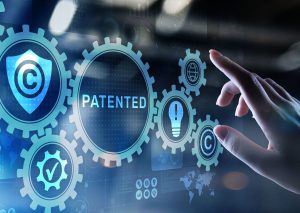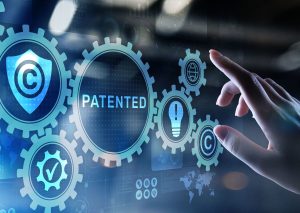
Funding opportunities for property rights
If you want to implement the latest research and development results, have them patented or prepare them for commercialisation, you can receive a grant under

Blog posts
Results of you search request.
Results of you search request.

If you want to implement the latest research and development results, have them patented or prepare them for commercialisation, you can receive a grant under

The European Unitary Patent (Unitary Patent) is an IP right that has been available to 17 participating EU member states (Austria, Belgium, Bulgaria, Denmark, Estonia,

After the former WIPANO funding had expired at the end of 2023, the Federal Ministry of Economics and Climate Protection (BMWK) launched a new funding

On 1 April 2024, the Notice from the European Patent Office dated 25 January 2024 concerning fee-based support measures, inter alia for small enterprises, entered

The Ideas Powered for Business SME Fund is a financial assistance program designed to help small and medium-sized enterprises (SMEs) in the EU access their

The USPTO has announced a Fast Track Pilot Programme for semiconductor patent applications. To be eligible for this programme, an applicant must file a timely

Pursuant to § 50(1) PatG, publication is prohibited by the competent examining section for inventions that concern a state secret. Prior to this official order,

In addition to the patent, there is another technical property right, the utility model, which in the past was also referred to as a “small

Unlike in the European Union, there are various countries, such as the United States, that have a grace period for patents, i.e., a period during

When a German patent application is filed with the German Patent and Trademark Office (DPMA), a request for examination is usually filed immediately in order
+49 351 470 37 - 0
info@ku-patent.de
https://ku-patent.de/
© 2024 Kailuweit & Uhlemann Patentanwälte Partnerschaft mbB